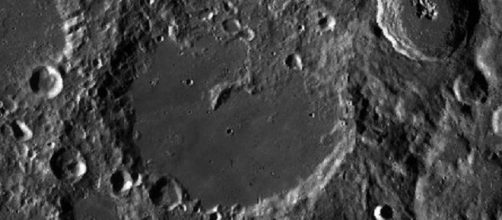China launched the first part of its latest probe to the moon in the form of a communications satellite called Queqiao, which translates to English as “Magpie Bridge.” The name is derived from an ancient Chinese legend about two lovers who separated by the Milky Way who are helped by a flock of magpies which builds a bridge with their bodies.
What will Queqiao do?
Queqiao is headed for the Earth-Moon L2 point 37,000 miles behind the moon, where the gravities of the two worlds cancel out. The satellite will orbit around that point in space and will provide a communications link with the Chang’e 4 lander and rover, currently scheduled to launch in December 2018.
The satellite has a secondary science mission of creating radio images of the sky and beaming them back to the Earth. The launch also contains two microsatellites, the DSLWP-A1 and the DSLWP-A2 that will scan the sky in the ultra-long-wave range and will be available to amateur radio experiments.
The mission of Chang’e 4
Chang’e 4 is the most ambitious robotic mission that China or indeed any country has mounted to the moon. It will land on the lunar far side, the portion that faces away from Earth, in the Van Karman Crater located in the Aitkin Basin at the south pole of the moon. The crater is thought to be one of the oldest on the moon and is rich in iron oxide. Chang’e 4 is roughly the equivalent of the Chang’e 3, which landed on the moon in 2013.
China has also orbited the moon with the Chang’e 1 and the Chang’e 2. The country has also dispatched the Chang’e 5T that served as a technology demonstrator for the upcoming lunar sample return mission, Chang’e 5.
China’s lunar ambitions
China harbors grand ambitions regarding the Earth’s moon. The country eventually intends of land human astronauts on the lunar surface, a feat only accomplished by the United States over 45 years ago. It plans to mine the moon for its resources, which includes an isotope called helium 3 which could prove to be a fuel for future fusion reactors.
A lunar race with the United States?
The latest Chinese mission to the moon takes place against the background of a renewed American led push to the lunar surface.
While President Obama had canceled the Bush-era return to the moon program, President Trump has revived it, partnering NASA with commercial companies. The first NASA sponsored commercial landings on the moon may take place as early as 2019. NASA, along with international partners, envisions astronauts returning to the lunar surface sometime in the mid-2020s.


